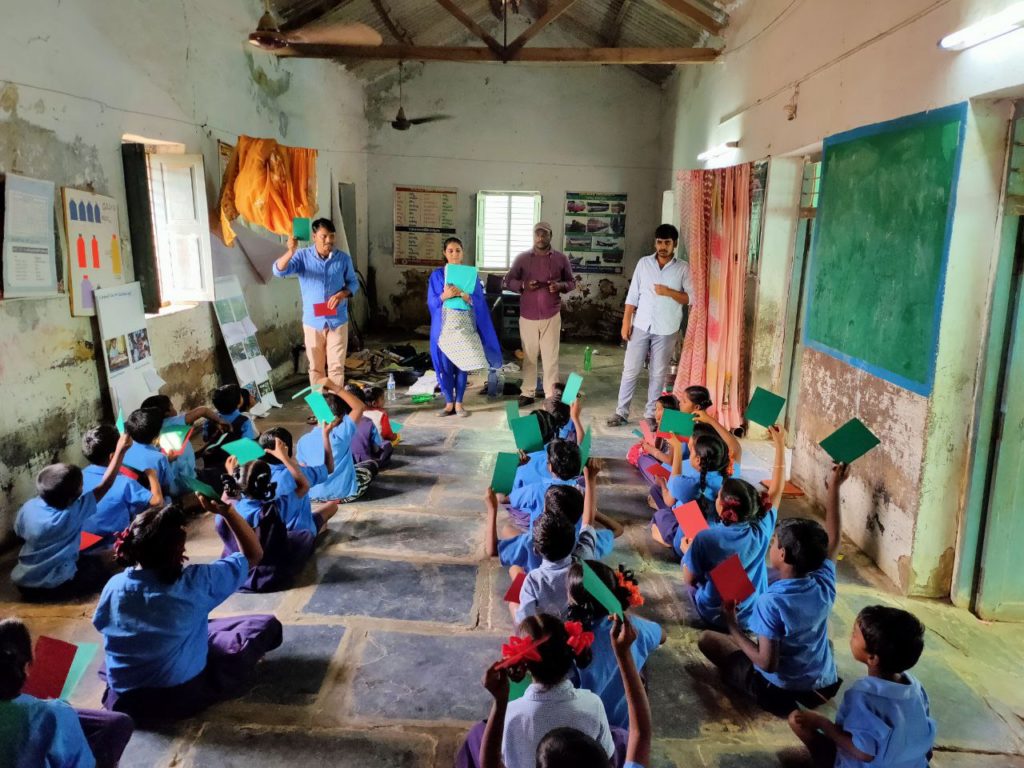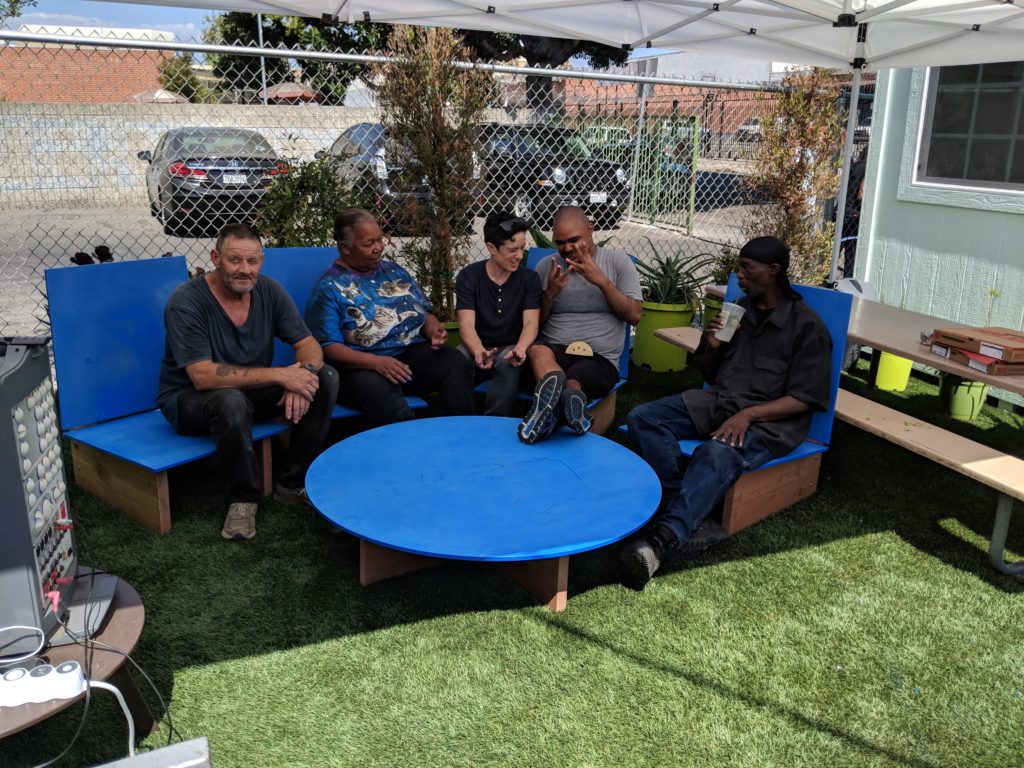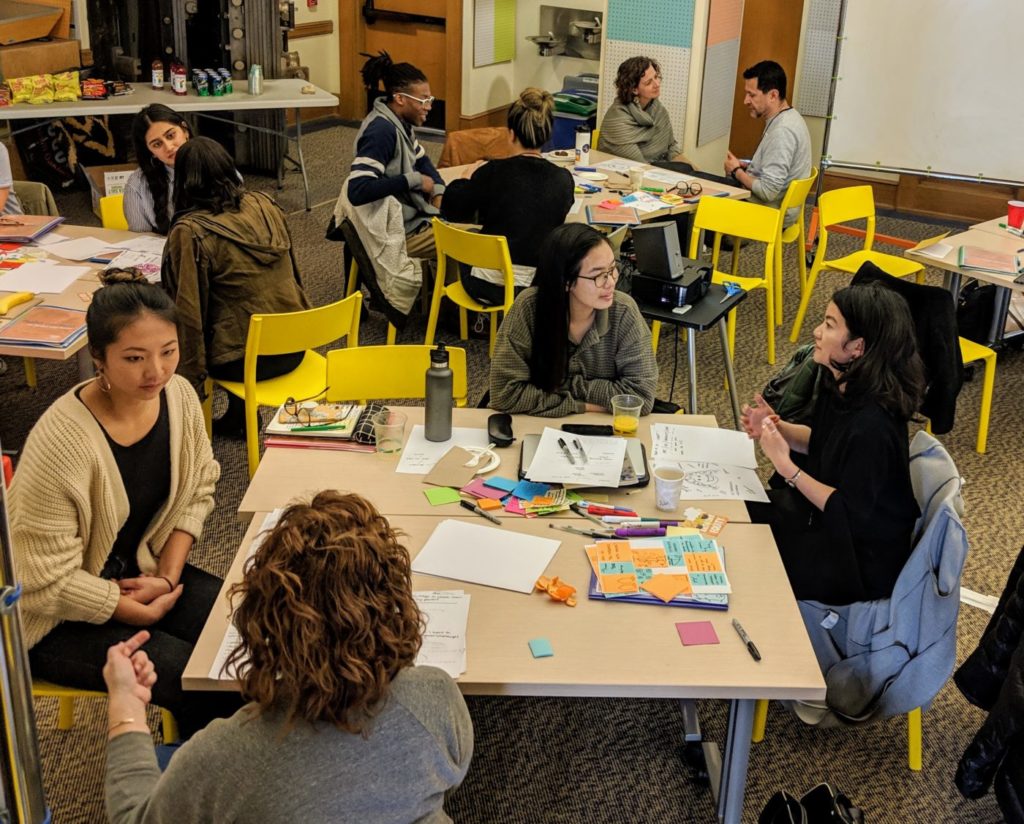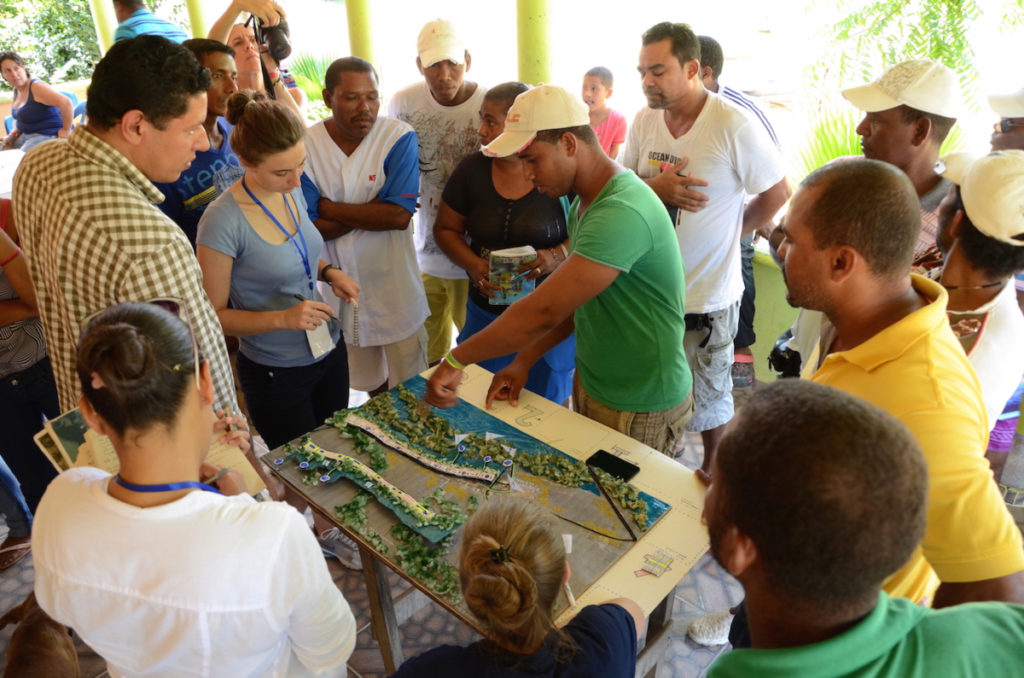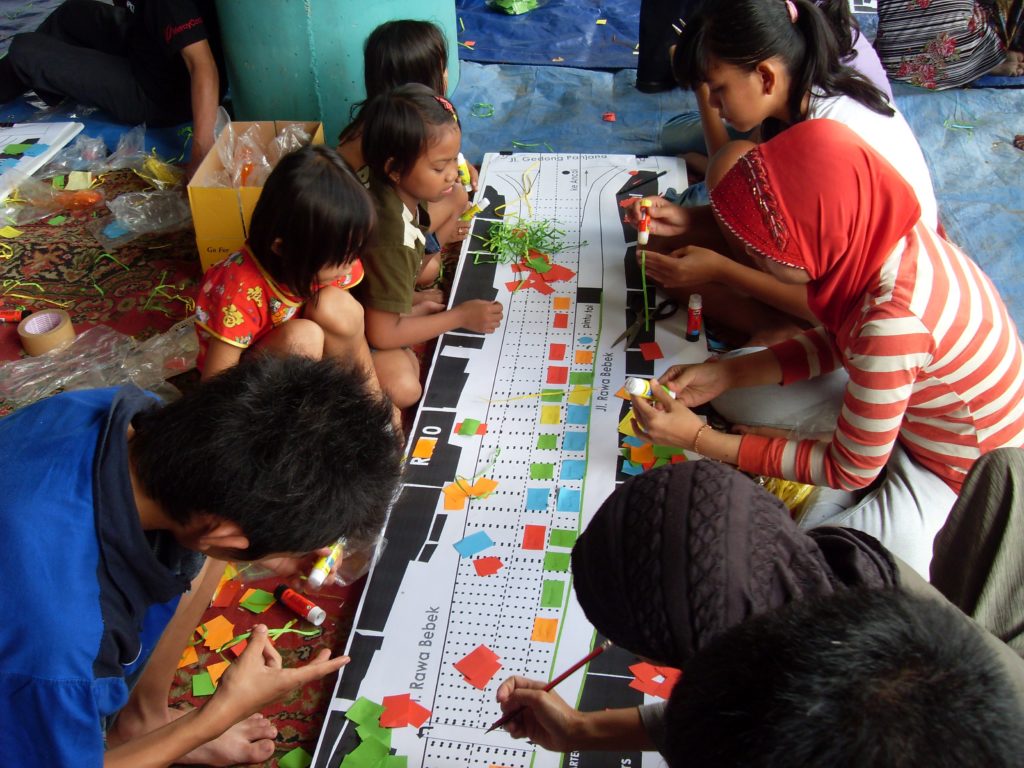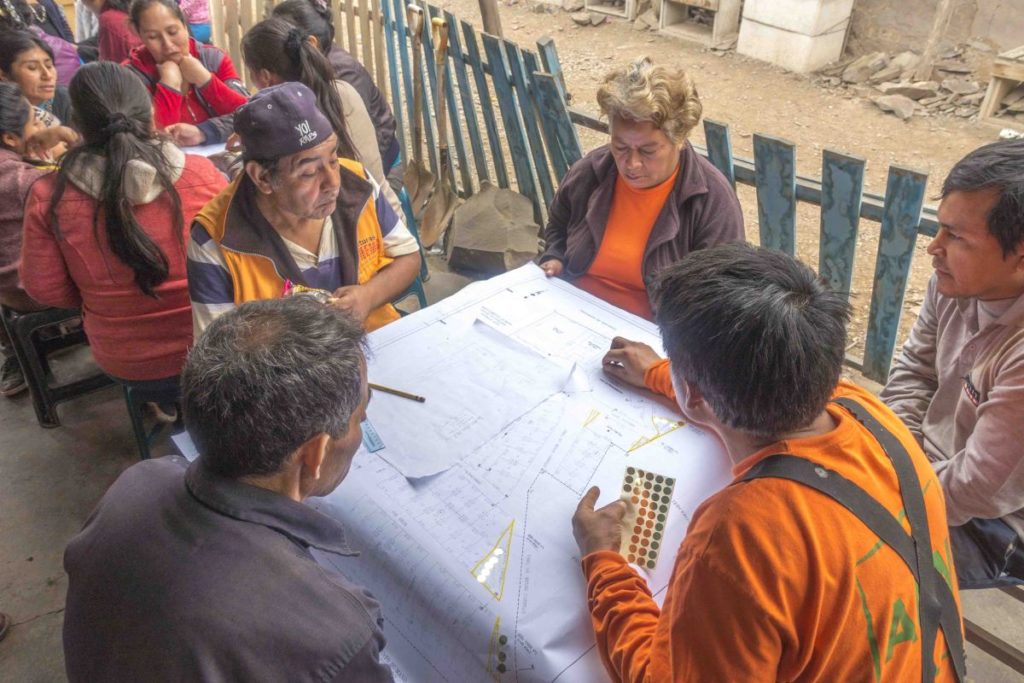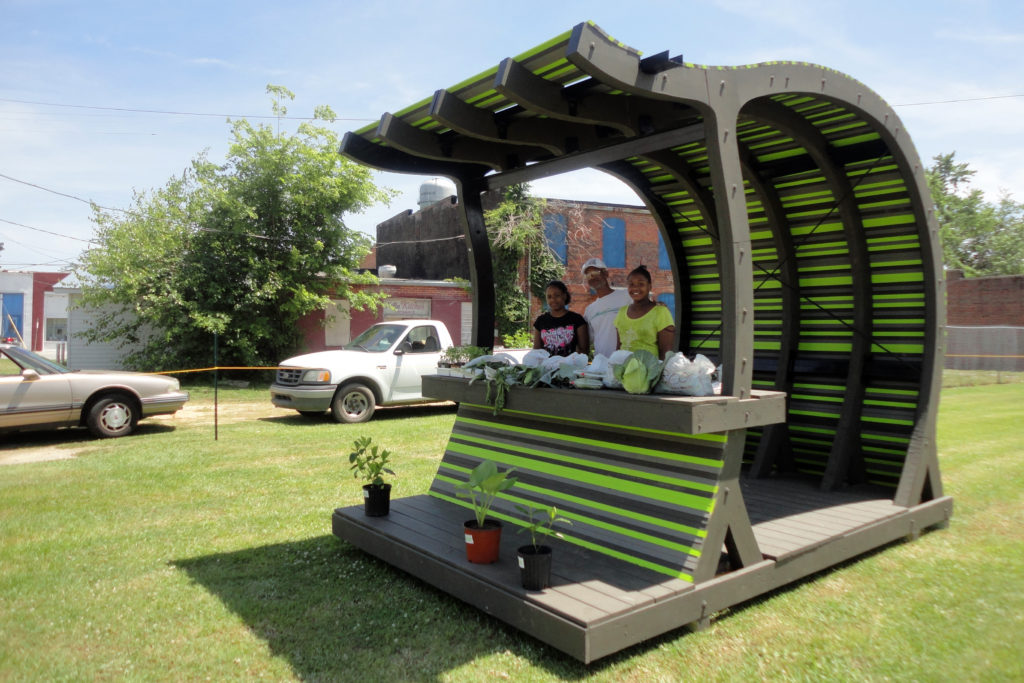using design methodologies to tackle complex human issues
Concern for the environment and for the disadvantaged of our society are the most profound and powerful forces with which to shape design.
(Victor Papanek, The Green Imperative)
Designers are instigators of change, and the decisions they make can impact people’s lives in unexpected ways. The ideology behind social design is that designers have a social responsibility to create positive change by prioritizing people in their decisions. However, the commercialization of design practice often puts several degrees of separation between the people who design products, the people who make them, and the people who consume them, leading to design which elevates the designer’s process above people’s needs.
Herbert Simon defines design as “courses of action aimed at changing existing situations into preferred ones“ (Simon 111), and The Social Design Toolkit is a collection of methodologies that embrace this greater purpose. Combining methods from design, anthropology, and cultural dimensions theory, social design is a holistic way of embracing cultural difference and reducing the social gap between the creators of culture and those who experience that culture. It is through this that we make design accessible and strengthen its output for everyone.
The resources included on this website are broken up into the following categories:
- The Process – This section introduces some core concepts, and then walks you through a step-by-step social design process that utilizes a new workflow called “Participatory Design Thinking.”
- The Toolkit – This section comprises a crowd-sourced collection of Method Cards containing various participatory activities that will help designers collaborate with stakeholders in the production of culturally sustainable design solutions.
- Resources – Here you will find links to helpful utilities and additional texts for further reading.

